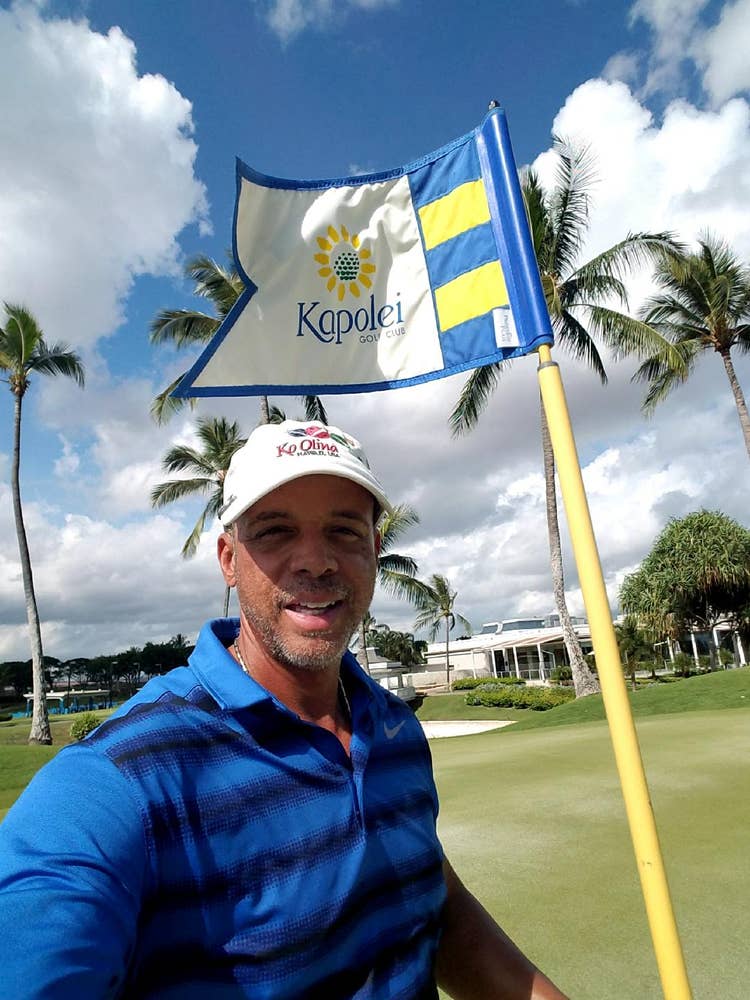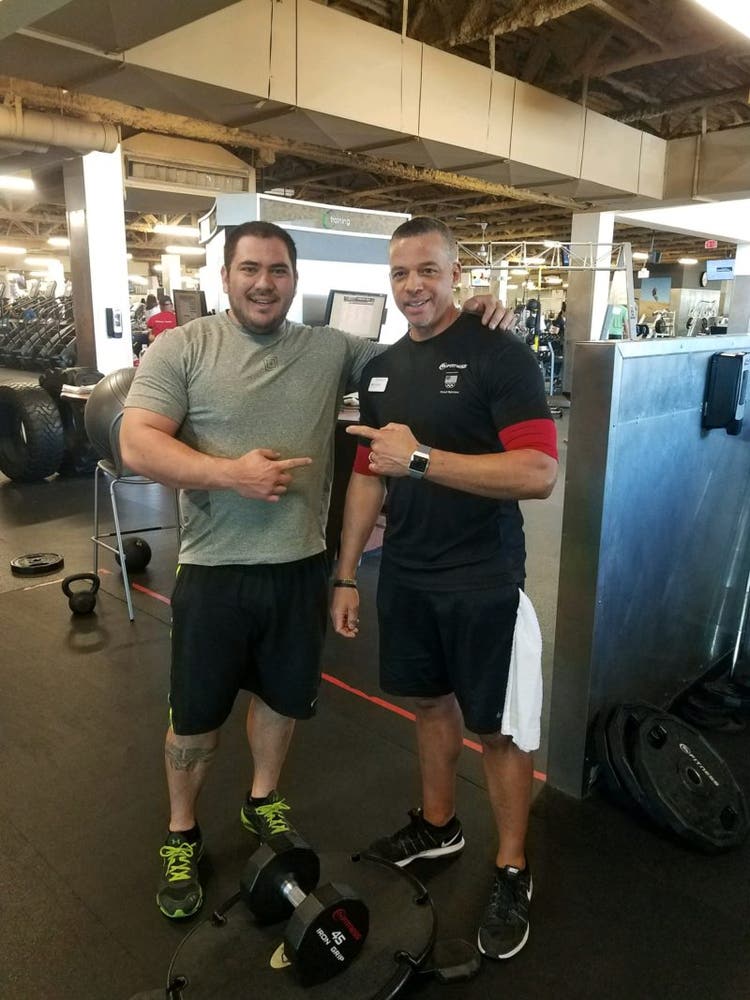A Personal Trainer on Rest and Recovery

Many of us don’t think of rest and recovery days as an active part of a workout routine. However, proper recovery can not only make you better and stronger, but it can save you from injury and burn out.
24Life asked personal trainer Will Campbell Jr., who has been with the company since 2000 and has trained almost 27,000 sessions during his tenure at 24 Hour Fitness, to answer some popular questions about recovery, soreness and more.

24Life: What can I do to actively recover after a personal training or workout session?
Will Campbell: First and foremost, I am a mobility and flexibility trainer, so this would be at the forefront of my mind during my program design. Incorporating the foam roller is always great recovery, with light cardio and proper static stretches right after a workout. Case studies have shown 10 to 15 minutes of stretching is very beneficial after a workout.
24Life: I’m really sore from my last workout. Is it OK to work out? If so, with how much intensity?
WC: That’s a really good question. The mind may say yes but the body will say no. That’s because your body needs between 48 and 72 hours for recovery. If you do work out, I would recommend light cardio, foam rolling, mobility work and, of course, stretching. If you’re doing a split routine by working body parts on different days, then maybe working your upper body after a lower body workout day would be OK, depending on the athlete/client. I would err on the side of rest and recovery. There are good studies showing that rest days in between workouts are very beneficial.
24Life: What are the best ways to avoid post-workout soreness?
WC: This totally depends on the client and the stresses of a workout. The volume of training (sets and reps) depends on what type of meso-cycle the client is doing. Much of the time, soreness is attributed to workout volume, but not always. For instance, a beginner or deconditioned person should limit their volume of workload. He or shee will probably still be sore, though. Seasoned athletes probably enjoy the soreness, as it makes them feel like they worked hard. It’s best to know what the person’s fitness levels are and program accordingly.
Other things I like to recommend for recovery are cryotherapy (cold tub or bath) and/or thermotherapy (sauna, Jacuzzi, steam room) and my favorite, massage therapy.

24Life: How many rest days do you recommend your clients take per week?
WC: That totally depends on the client/athlete. Rest and recovery are our friends. Days off would depend on programming, but I would advise at least two to three times a week. Try cardio, yoga, mobility or just walking the dog. If you recover better, you will feel stronger for you next workout.
24Life: Can I/should I really work out my core every day?
WC: The core is made up of as many as 35 muscles, so we are working our core all the time. If you are asking about working isolated core muscles all the time then definitely not, because you don’t want to train the same muscles every day. Remember: Rest and recovery are our friends. We really need it for neuromuscular recovery; overtraining a muscle can cause more damage than benefit. If you train hard and train smart with proper recovery, you can and will train as a lifestyle.
Will Campbell has been a personal trainer at 24 Hour Fitness for 18 years. He is a U.S. Olympic Certified Trainer and also has earned the Performance Enhancement Specialist and Corrective Exercise Specialist designation through the National Academy of Sports Medicine. Will has trained more than 26,000 personal training sessions in his time with 24 Hour Fitness, and works at the Summerlin Super Sport club in Las Vegas, Nevada.
Photo credit: dusanpetkovic1, Adobe Stock; Courtesy of Will Campbell Jr.